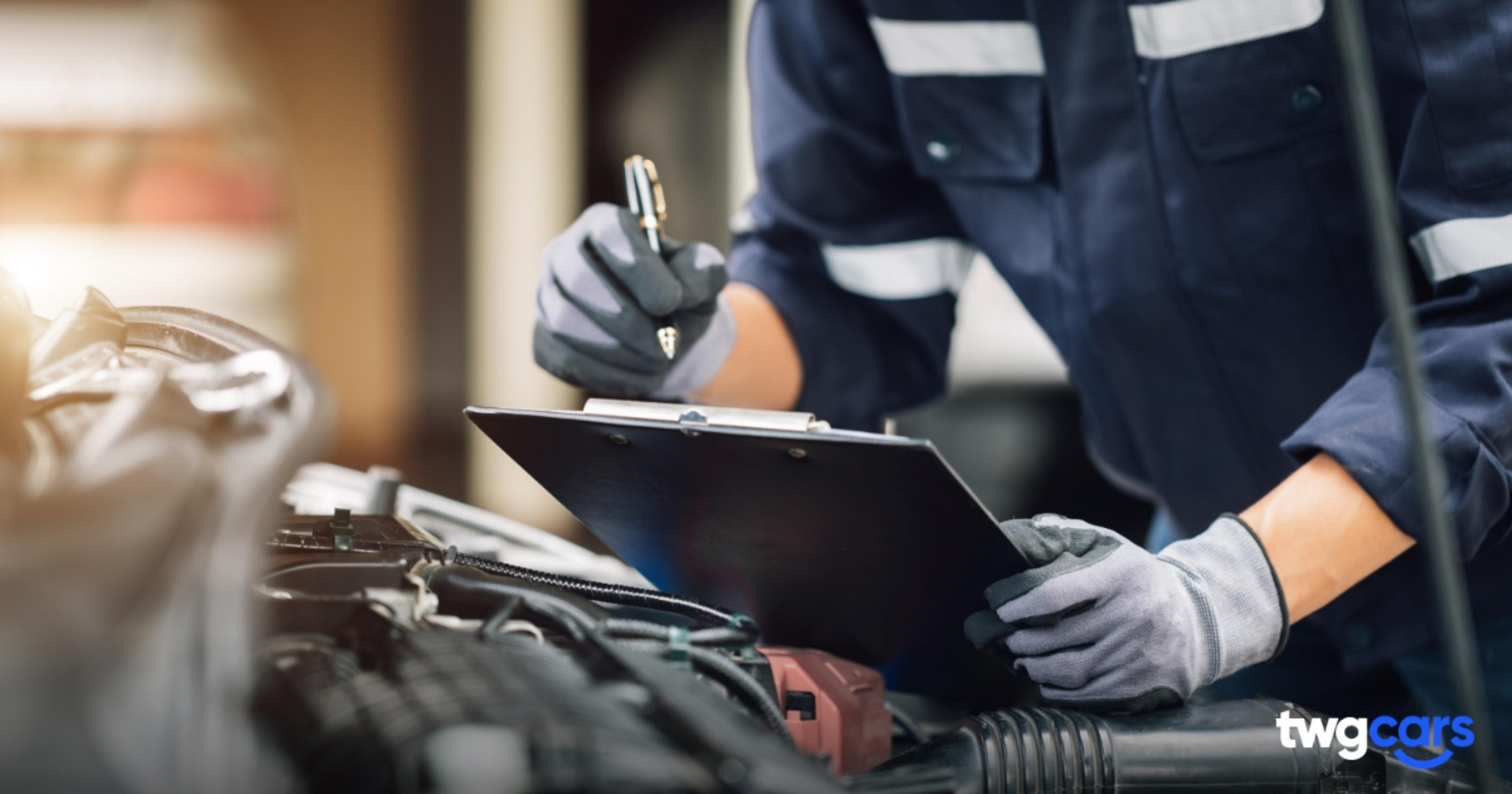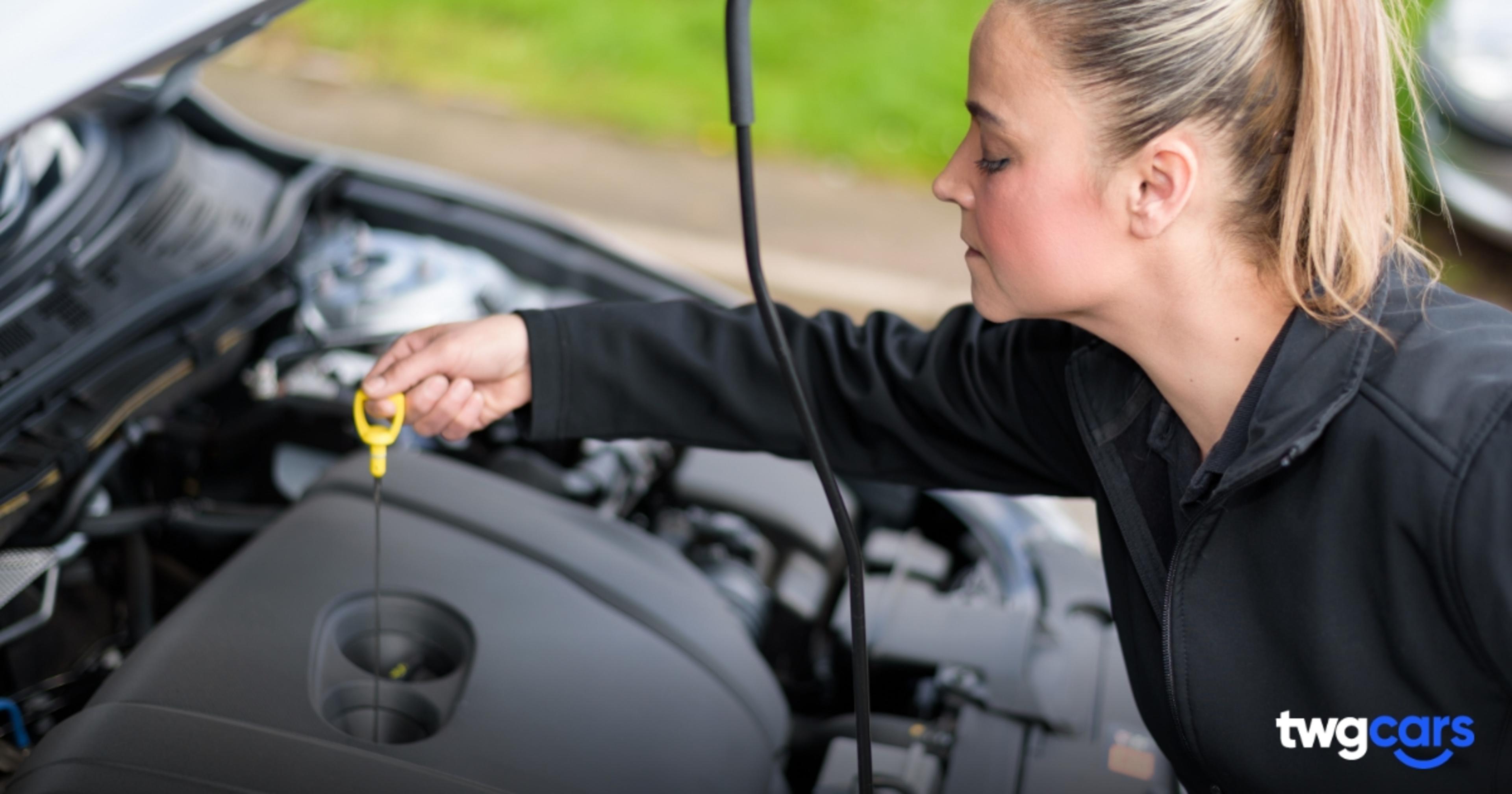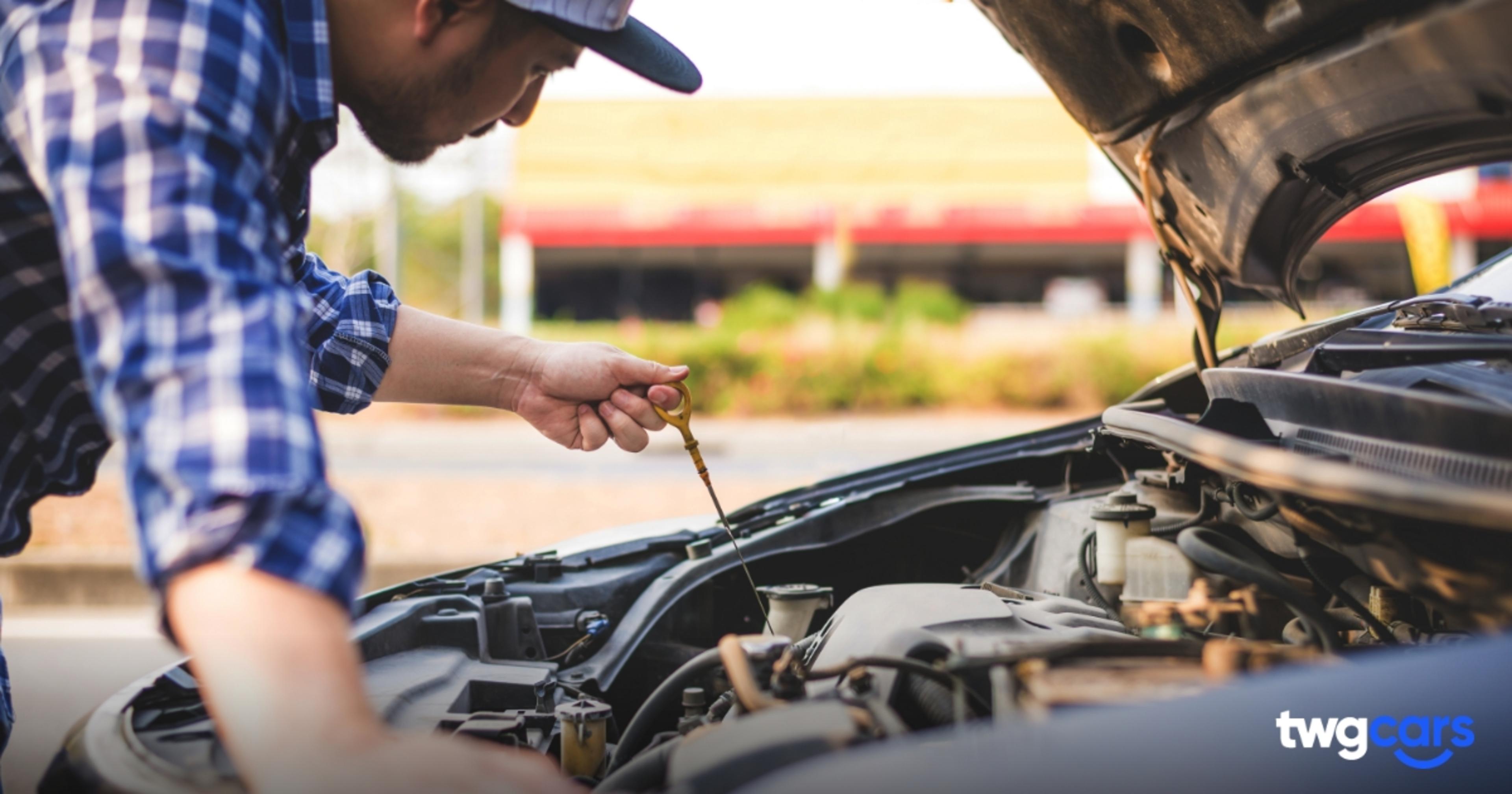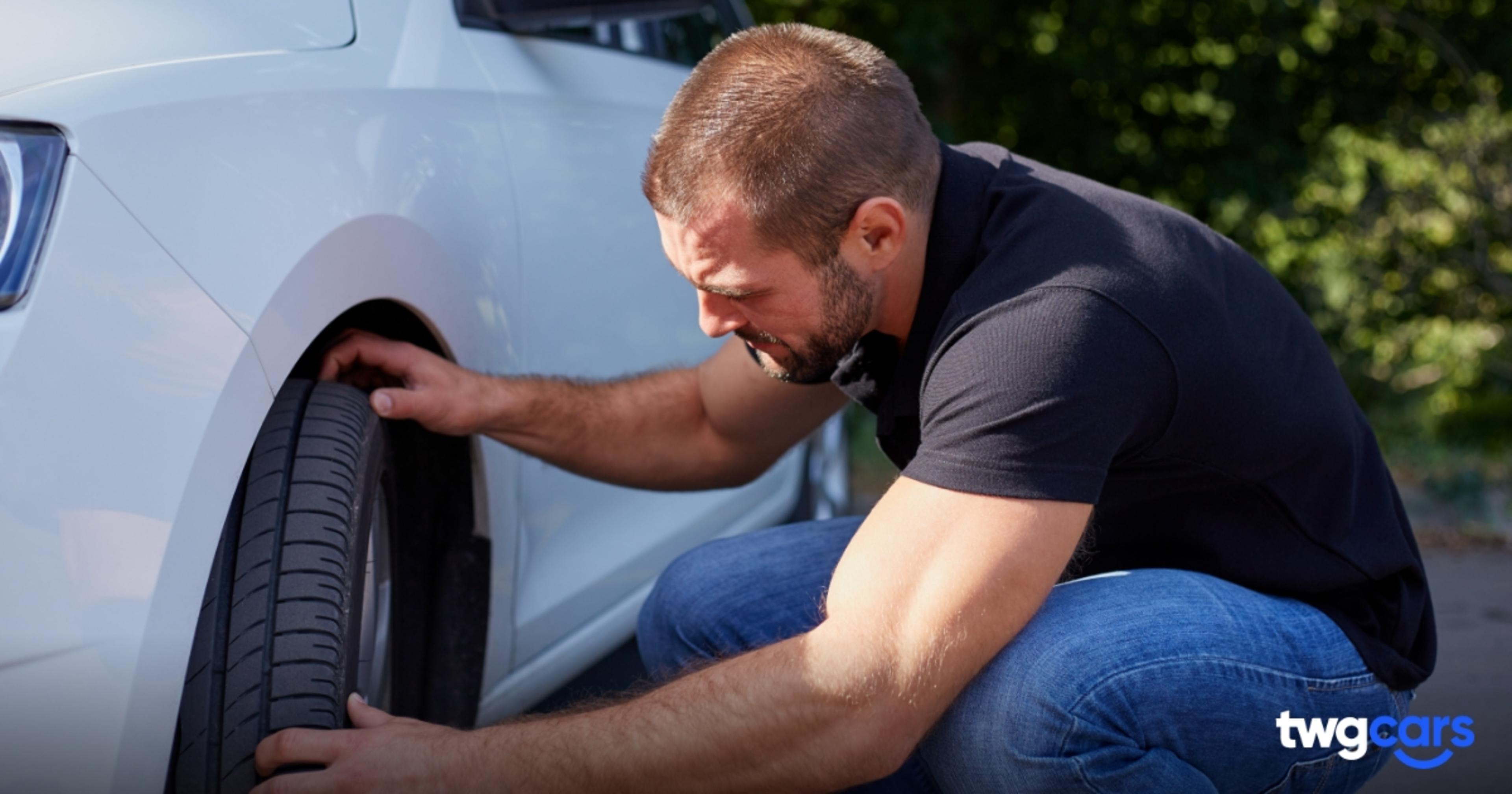Essential Mechanical Checks When Buying a Used Car: Your Trusted Guide

Are you concerned about the quality of a potential used car? You have a good reason to be suspicious. Every used car carries its own history of wear and tear, making mechanical checks a crucial step in your buying process.
This article outlines the essential inspections, from engine quality to tyre wear, that can help you avoid costly mistakes and invest with confidence. Here are the key mechanical checks when buying a used car to safeguard your purchase – minus the technical jargon.
Drive Away Facts
- A thorough engine inspection is critical when buying a used car, focusing on the quality of the engine oil, checking for oil leaks, and assessing other engine bay components for signs of wear or damage.
- Conducting a comprehensive test drive allows assessment of engine performance, steering and handling responsiveness, and the effectiveness and noise level of the braking system.
- The value of a professional pre-purchase car inspection by a qualified mechanic cannot be understated, as it can uncover hidden issues, offer leverage in price negotiations, and prevent potential financial loss from significant unseen problems.
Engine Inspection Essentials
In the realm of used car buying, the engine stands as your vehicle’s heart. Any issues here could lead to costly repairs down the line. That’s why a detailed engine inspection is a non-negotiable part of any pre purchase car inspection checklist. Knowledge of what to look for is key, regardless of whether you’re performing the vehicle inspection yourself or entrusting it to a professional mechanic.
Checking Engine Oil Quality
The engine oil is the lifeblood of your car, providing essential lubrication to ensure everything runs smoothly. Quality engine oil is a must-check during a test drive of a used car. Look for clean, golden-brown oil on the dipstick, free of dirtiness or a gritty texture.
Additionally, check under the oil filler cap; a dirty brown cap often signals oil neglect.

Identifying Oil Leaks
Identifying potential oil leaks is of paramount importance, aside from oil quality. These can be a telltale sign of underlying mechanical issues that could lead to costly repairs. In your pre-purchase car inspection, it’s vital to examine the engine bay and undercarriage for any oil leak indicators.
Look for oil spots on the ground where the car has been parked, a clear sign of potential oil leaks.
Assessing the Engine Bay
A thorough inspection of the car’s engine bay can reveal signs of leaks, corrosion, or unusual wear and tear. Look out for any wear on engine bay components such as hoses and belts, as these could be a sign of poor maintenance. Also, don’t forget to check the condition of the radiator coolant cap for any signs of wear or damage.
Test Drive Diagnostics
An exhaustive test drive is a key element in every used car inspection checklist. It allows you to assess the car’s performance under various road and traffic conditions, monitoring the engine’s performance, the car’s steering and handling, and the efficiency of the braking system.
Let’s dive deeper into what to look out for during each of these checks.
Engine Performance
Monitoring the engine’s performance is vital during the test drive. A healthy engine should run smoothly without any unexpected noises or hesitation. Pay close attention to any unusual sounds during acceleration and deceleration, as these could be a sign of potential issues within the engine.
Also, observe how the engine idles when the vehicle is stopped; an engine that shakes or rattles should not be overlooked.
Steering and Handling
The performance of a car greatly hinges on its steering and handling. During the test drive, make sure the car’s steering is:
- responsive and comfortable, especially on winding roads and while performing sudden manoeuvres
- in a straight position while driving
- maintaining its course
Performing these mechanical checks when buying a used car can help determine the condition of the power steering and related mechanisms.
Braking System Check
Another pivotal area to evaluate during a test drive is the braking system. Listen for any squealing, scraping, or scratching sounds when braking, as these noises can indicate worn brake pads or rotors that may require replacement. Also, check the brake pedal for a firm and springy feel, ensuring it engages without delay and resists strong pressure.
Under-the-Hood Examination
When assessing a used car, conduct a thorough under-the-hood examination. Do a detailed review of the engine bay, looking particularly at key components like belts, hoses, and leak points. This inspection process allows you to assess the overall condition of the car, ensuring no leaks are present, and that belts and hoses maintain their integrity.

Fluid Level Assessment
Any pre-purchase car inspection should involve checking the vehicle’s fluid levels. This includes checking the:
- engine oil
- radiator coolant
- brake fluid
- transmission fluid
- power steering fluid
These checks provide an insight into the car’s maintenance level. Also, observing that the vehicle’s fluid levels are within recommended levels and that the fluids appear in good condition is indicative of regular vehicle maintenance.
Battery and Electrical Check
For the seamless operation of a vehicle, the battery and electrical systems play a crucial role. During your inspection, make sure to:
- Use a voltmeter to measure the battery’s stabilised voltage (the recommended rest voltage for a fully charged car battery is 12.6-12.8 volts) or a hydrometer to determine the electrolyte’s specific gravity.
- Check for a clean and dry battery top.
- Ensure connections are tight and free from corrosion.
Don’t forget to inspect the vehicle’s lights, including park lights and exterior and interior lights, to confirm their operability. Additionally, check the vehicle identification number for any discrepancies.
Exhaust System Evaluation
Another key aspect of the under-the-hood examination is the inspection of the exhaust system. Look for any signs of rust or physical damage. Also, be vigilant for potential signs of trouble, such as white smoke or the distinct smell of oil fumes, coming from the tailpipe.
Chassis and Suspension Scrutiny
One must not overlook the following areas when inspecting a used car:
- Undercarriage
- Frame
- Tyres
- Wheels
- Suspension system
These areas often bear the brunt of daily wear and tear, and a thorough inspection can reveal any potential issues that could impact the vehicle’s safety, durability, and statutory warranty. At TWG Cars, all used cars come with a standard 3-year warranty for total peace of mind.
Frame and Body Inspection
When buying a used car, conducting a meticulous frame and body inspection is of utmost importance. Here are some things to look for:
- Colour differences between panels
- Uneven gaps around the doors, trunk, and hood, as these can indicate past accidents and hidden body repairs
- Signs of rust on the trunk carpeting, door panels, windshield, and rear glass areas
- Any bubbling in the paint, which can signal deeper corrosion problems
These signs can help you identify any potential issues with the car’s frame and body.

Tyre and Wheel Analysis
To evaluate the handling, conduct a thorough analysis of the tyres and wheels. Tyres should have at least 3mm of tread depth for optimal safety and performance. Also, check for any uneven tyre wear, which often indicates the need for wheel alignment.
Remember, all tyres on the vehicle should be uniform in size, type, and tread pattern to ensure consistent wear and optimal handling.

Suspension System Check
To check the suspension system, use a tape measure to check the space from the top of the tyre to the bottom of the fender on each side. This check can reveal if the car’s height is uneven and indicate potential suspension issues.
Also, inspect the rubber bushings for any cracks, tears, or wear, as these could signal detrimental wear to the suspension system that might affect ride quality.
Interior Mechanism Verification
The interior condition of a used car speaks volumes about its overall upkeep and maintenance. From safety features to comfort amenities and electronic systems, ensuring that all interior features are functioning as expected can help increase your confidence in buying a used car.
Safety Features Functionality
Safety features ought to be prioritised when inspecting the interior of a used car. Verify that seat belts are flat, untwisted, and adjusted properly with the head restraints positioned at least at eye level to reduce whiplash injuries.
Also, check the vehicle’s warning systems, including lane departure alerts, to ensure they function correctly.
Comfort Amenities Operation
While not as critical as safety features, comfort amenities significantly influence the driving experience. Here are some things to check for:
- Ensure the air conditioning system produces cool air efficiently when activated
- Check the audio system for clear and undistorted sound
- Verify that all instrument panel indicators are operational, including warning lights and gauges.
Electronic Systems Testing
Verifying the operation of electronic systems is another significant part of interior mechanism checks. During your test drive, make sure that the power windows and locks function correctly. Also, check the radio and, if applicable, the navigation systems to confirm they work properly.
Professional Pre-Purchase Car Inspection
Even though a personal inspection can provide substantial insight into a used car’s state, the expertise of a qualified mechanic remains unparalleled. A professional pre purchase car inspection can reveal hidden problems and provide leverage in negotiating a better purchase price if problems are identified.
It can also save you from investing in a used car with severe hidden problems, which could result in substantial financial loss.
The Scope of Independent Vehicle Inspection
The extent of an independent vehicle inspection should mirror concerns stemming from the vehicle’s age and service history.
A mobile vehicle inspection can be particularly helpful in this regard. A vehicle history report can reveal the frequency of oil changes and ongoing maintenance, impacting the decision on the extent of inspection needed.
Ultimately, choosing the appropriate pre-purchase inspection depends on personal preferences, budget, and the vehicle’s condition.
Benefits of a Qualified Mechanic's Expertise
A professional mechanic contributes a vast amount of expertise. They are trained to spot issues that might be missed by an untrained eye, offering a detailed and professional assessment of the vehicle’s condition.
The insights provided by a qualified mechanic can lead to informed decision-making, enabling buyers to negotiate prices downward or request repairs before completing the purchase.
Deciding on the Level of Inspection
Choosing the right level of inspection is a critical step in the pre-purchase process. Whether basic or comprehensive, the level of pre-purchase inspection should reflect concerns based on the vehicle’s age and service history. Your decision will also be influenced by personal requirements, expected costs, and the vehicle’s condition.
Summary
So, there you have it - a comprehensive guide to the essential mechanical checks when buying used cars.
From engine inspections and test drive diagnostics to interior mechanism verification and professional pre-purchase inspections, this guide has covered all the bases. Remember, while buying a used car can save you money, skipping these checks can lead to costly repairs down the line.

Frequently Asked Questions
What is the importance of a pre-purchase car inspection?
Getting a pre-purchase car inspection is important as it helps uncover hidden problems, allowing you to negotiate a better purchase price and avoid costly repairs.
How do I check the engine oil quality during a test drive?
During a test drive, you can check the engine oil quality by using the dipstick. Pull it out, wipe it clean, reinsert it, and then pull it out again to observe the oil condition - it should be clean and golden-brown.
What should I look for during a suspension system check?
During a suspension system check, look for uneven car height by using a tape measure, and inspect rubber bushings for cracks, tears, or wear as they could indicate detrimental wear to the suspension system that affects ride quality.
How can a qualified mechanic's expertise benefit me when buying a used car?
A qualified mechanic's expertise can help you uncover potential issues in a used car that you might miss, allowing for informed decision-making and the ability to negotiate a lower price or request repairs. This can ultimately save you money and prevent future headaches.
How do I decide on the level of pre-purchase inspection needed?
Consider the vehicle's age, service history, personal requirements, expected costs, and the vehicle’s condition to decide on the level of pre-purchase inspection needed. Evaluate these factors and make an informed decision.


